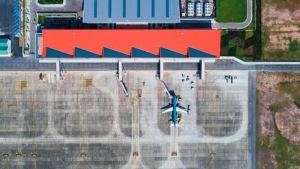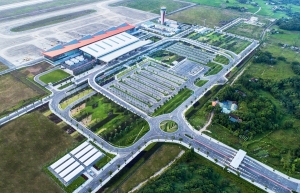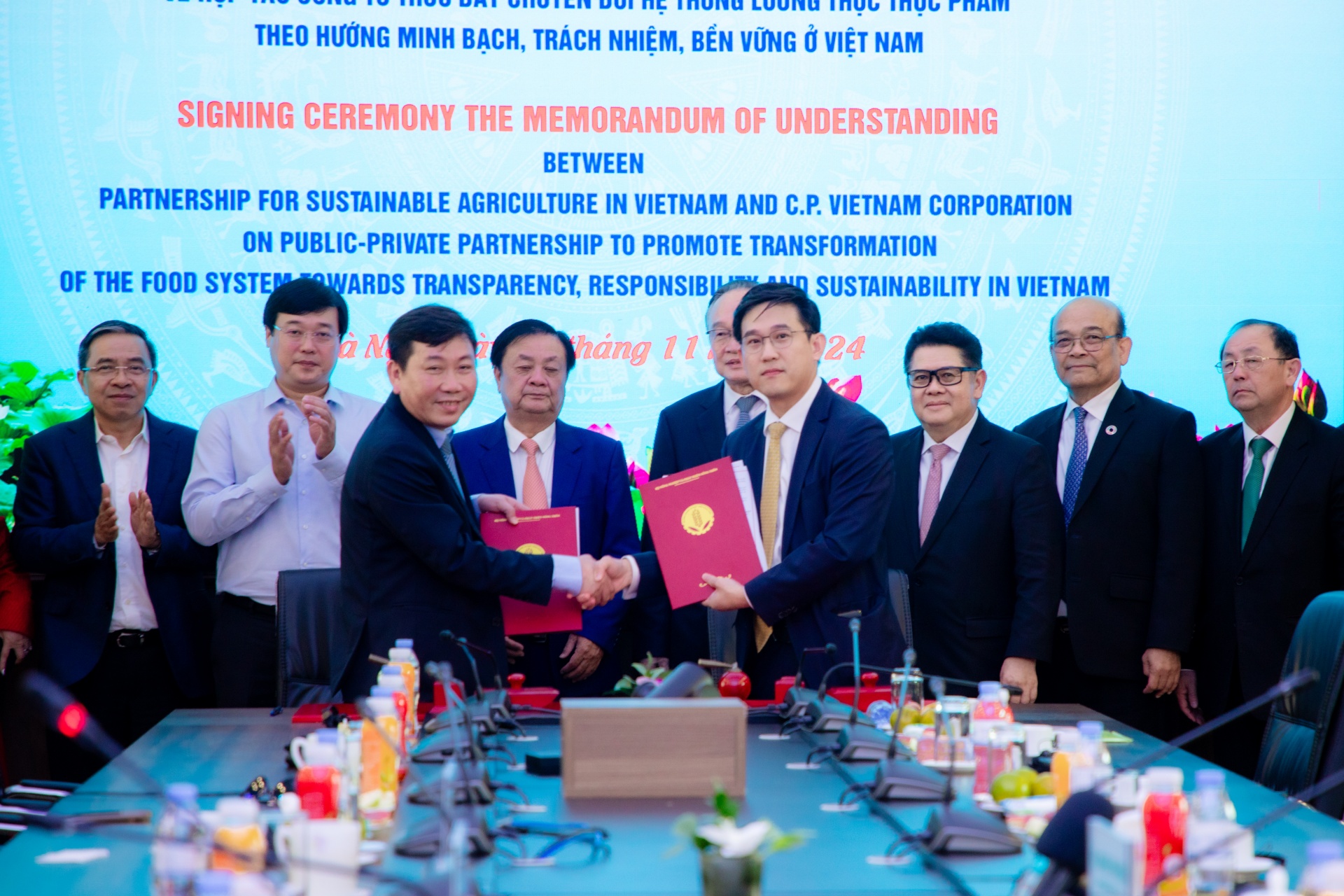Serious lessons to take on board for Vietnam’s airport development targets
Localities in Vietnam are looking at major aviation expansion with the creation of more small airports. How can a move like this aid socioeconomic development?
 |
| Juergen Weber, chairman of the European Chamber of Commerce in Vietnam’s Transportation and Logistics Sector Committee |
From a logistical point of view, strong infrastructure developments are always good initiatives for nationwide competitiveness. Over the last years, we see that Vietnam attracts much foreign investment in higher value chains. These products and goods need a strong and reliable air product.
Today, Vietnam has reached maximum airport capacities in metropolitan cities already. The master plan for 2030 and towards 2050 includes further expansion in that segment, but tight government control on the timeline for this is essential to ensure further competitiveness of Vietnam.
With over 60 localities, what cities and provinces actually need is good overall infrastructure. Recent global trends and ambitions are heading in a green sustainable direction, with the hopes of zero emissions in transport and supply chains.
If we look at both cargo and passengers, both need a clear calculative lead time, and production sequences can be timed and adjusted for the most economical transport modes. Leisure travel looks for conveniently priced lead times.
Metropolitan cities do not prefer big trucks during rush hours in city centres, but small trucks in high frequency are welcomed. Big buses cause traffic congestion, but underground subways, smaller buses, bicycles, scooters, and car-sharing concepts create greater flexibility and convenience.
This shows that passengers and goods all over the world are looking for convenient travel and reliable lead times.
Standalone airports will not benefit passengers or cargo. Functional infrastructure over various transport modes is needed and this is mostly found in metropolitan cities. Together with the integration of smart city concepts, airports can add to the benefits of socioeconomic growth.
Vietnam has started to be a part of this, by focusing on greener smart city concepts. Intermodal transport concepts are key to reducing traffic jams and carbon emissions, as well as connecting cities and provinces.
What should Vietnam do to increase the efficiency of airport investment, and what lessons can Vietnam learn from other countries?
For investors in infrastructure, it is important that funding is long-lasting with various sources of income. Vietnam already has several airports only made for domestic purposes, but investors also want assurances on international links to expand the turnover of volume in air traffic. If that is not economical and therefore not granted to an airport, it makes it less attractive for investors.
Investors are also looking into surrounding and long-term landscape planning. An airport shall have certain coverage and attract mixed industries and possible events such as exhibitions, sports events, and industries in need of air products.
What are the opportunities for EuroCham member companies you foresee from airport investment trends among cities and provinces in Vietnam?
Infrastructure, in general, is highly interesting for our members, noticing the willingness of Vietnam to attract foreign investment in that area has already shown positive signs. EuroCham and its members have an excellent relationship with the Vietnamese government and the ministries.
There is progress through the EU-Vietnam Free Trade Agreement over the last two years and we have seen smooth implementation. And since Vietnam opened up again, we see a great amount European investors visiting Vietnam.
In November, we will have our Green Economy Forum and Exhibition, with even more investors coming to visit. We are confident and convinced this will greatly help Vietnam to reach its ambitious targets to become an important part of global supply chains and tourism.
 | More airports in need to aid aviation sector's growth prospects Building more airports proves important to keep abreast with the aviation sector’s upbeat growth prospects. |
 | Linking the skies with upgraded aviation infrastructure Several nations have devoted generations to constructing sophisticated aviation infrastructure as an economic launchpad. In Vietnam, plans are in the making to follow suit and upgrade the nation's airport infrastructure to serve the ever-increasing demand. |
What the stars mean:
★ Poor ★ ★ Promising ★★★ Good ★★★★ Very good ★★★★★ Exceptional
Related Contents
Latest News
More News
- Vietnam's logistics sector confronts new challenges (October 31, 2024 | 14:40)
- VinFast to secure $1 billion funding led by Emirates Driving Company (October 31, 2024 | 11:12)
- AD Ports Group seeks to develop logistics and maritime infrastructure in Vietnam (October 31, 2024 | 10:40)
- Vietnam Logistics Summit 2024 to take place on October 31 (October 31, 2024 | 07:48)
- Investment opportunities abound in railway infrastructure (October 30, 2024 | 18:22)
- Saudi Aramco targets Vietnam for refining and distribution (October 30, 2024 | 16:38)
- Japanese ODA is massive contribution for Vietnam (October 29, 2024 | 12:04)
- Five consortiums interested in Quynh Lap LNG plant (October 28, 2024 | 18:06)
- PM Chinh courts Lulu Group for Vietnam expansion (October 28, 2024 | 17:55)
- Vingroup establishes $150 million venture capital fund (October 28, 2024 | 17:02)



 Tag:
Tag:




















 Mobile Version
Mobile Version